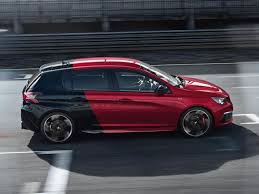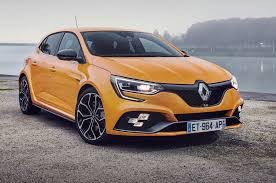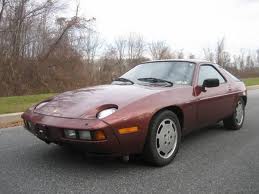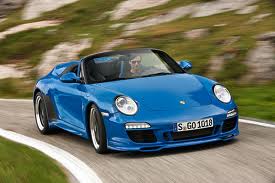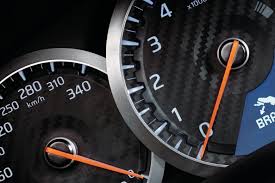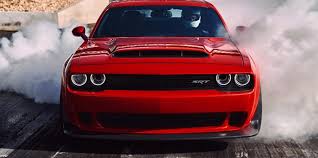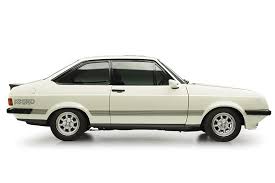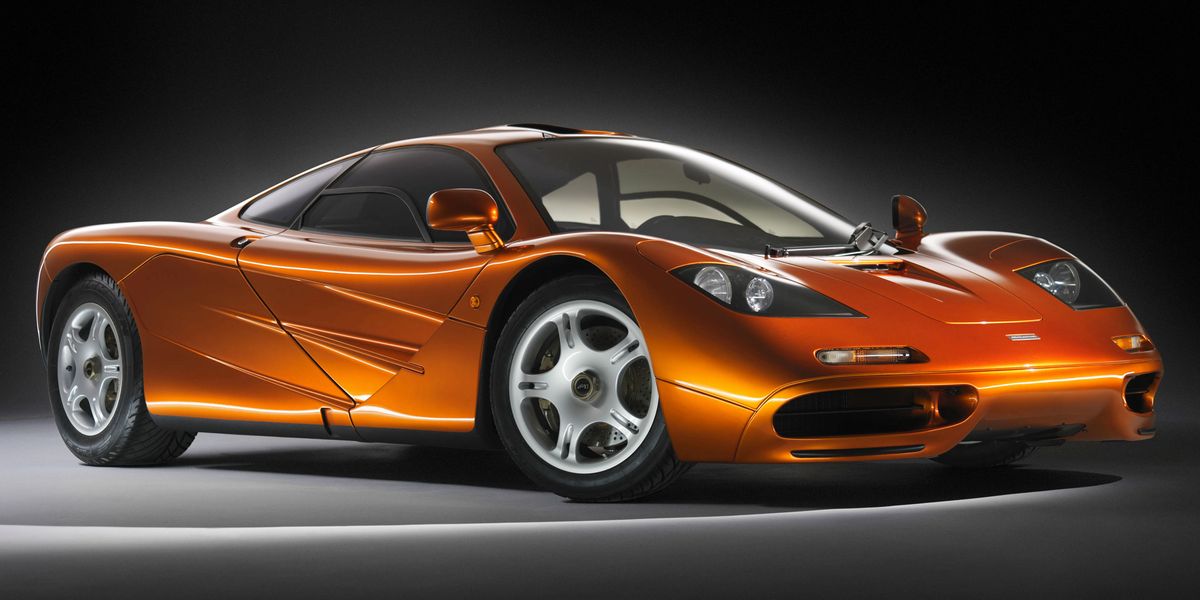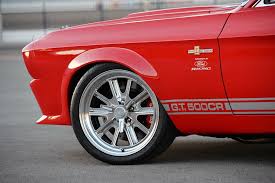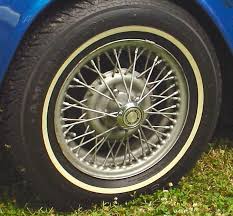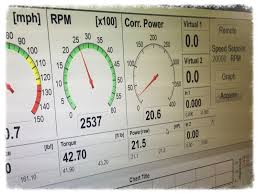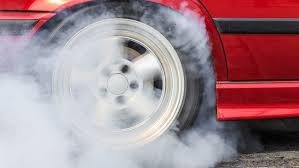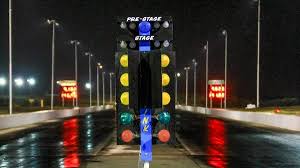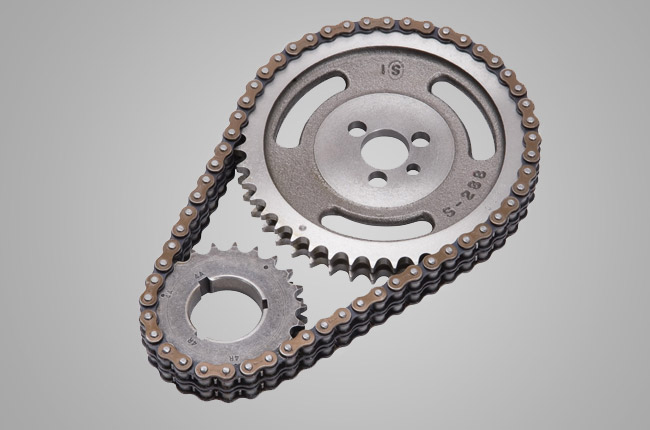


This edition of the Mitsubishi Lancer Evo VI Tommi Makinen is the 5 speed / Manual version and was first brought out in 2000. This was at around the same time as the introduction of the and the 2000 Ultima GTR 720.This particular Mitsubishi Lancer has a 1997cc Turbo Petrol powerplant with 4 cylinders in a St formation.
The Lancer shares its Petrol St4 engine configuration with the likes of the 2019 Ariel Atom 4 2.0 Turbo and the 2013 Caterham 7 620 R 2.0 L Supercharged. If you're looking for other fast cars which share the Lancer's All Wheel Drive, Saloon combination then how about the or the .
Weighing in at 1365 kgs (3009 lbs) this makes the Mitsubishi Lancer Evo VI Tommi Makinen in the same weight category as the 2022 Lamborghini Huracan Tecnica 5.2 V10 or the give or take 50kg.
![Toyota Corolla GR Morizo Edition 1.6 Turbo - [2023] image Toyota Corolla GR Morizo Edition 1.6 Turbo - [2023] image](/editionimages/2397.webp)
The Mitsubishi Lancer shares the same bhp with the 2023 Toyota Corolla GR Morizo Edition 1.6 Turbo (300 bhp)
In terms of power the 1997cc 16V St4 engine produces 276 bhp (205 kW) @ 6500 rpm similar to the 2023 Toyota Corolla GR Morizo Edition 1.6 Turbo (300 bhp) or the 2023 Porsche Cayenne Coupe E-Hybrid 3.0 V6 Turbo (300 bhp).
The Turbo St4 throws out 275 lb-ft (372.8 Nm) @ 2750 rpm placing it with cars of similar torque performance figures such as the 2023 Toyota Corolla GR Morizo Edition 1.6 Turbo (295 lb-ft) or the 2023 Toyota Corolla GR Circuit Edition 1.6 Turbo (273 lb-ft).
If one combines the weight with power or torque performance for the Mitsubishi Lancer you can get a better idea of it's real world performance.
![BMW 5 Series 550i xDrive F10 - [2013] image BMW 5 Series 550i xDrive F10 - [2013] image](/editionimages/1450.jpg)
The 2013 BMW 5 Series 550i xDrive F10 (227.1 bhp per ton) has similar Bhp Per Ton stats as the Mitsubishi Lancer.
The Mitsubishi Lancer has a Power to weight ratio of 202.1 bhp per ton and 201.4 lb-ft per ton. Bhp Per Ton figures of the 2000 Lancer competing with the 2013 BMW 5 Series 550i xDrive F10 (227.1 bhp per ton) or the 1968 Ford Mustang 428 Cobra Jet 7.0 V8 (227.1 bhp per ton).
If you agree with the late great Carroll Shelby then arguably an even better indicator of potential performance, Torque. Use weight as well and you end up with - Torque per ton, with the Mitsubishi Lancer generating around 201.4 lb-ft per ton. If you're curious as to what other cars have as much torque to weight then look no further than the 1971 Buick Riviera 7.5 V8 (226.4 lb-ft per ton) or the 1998 Chevrolet Camaro Z28 SS 5.7 V8 (226.3 lb-ft per ton).
With a 0-60mph time of 4.30 secs or a 0-100km/h (0-62mph) of 4.4 secs, this made the Mitsubishi Lancer Evo VI Tommi Makinen as fast as the 2023 Lotus Eletre 603 bhp (4.30 secs) the 2023 Lotus Emira First Edition i4 2.0 Turbo (4.30 secs) the 2022 Lotus Eletre S 603 bhp (4.30 secs) the or the 2022 Porsche 911 Carrera T 3.0 Turbo 992 (4.30 secs). This Mitsubishi Lancer Evo VI Tommi Makinen is also faster than the 2023 Porsche Cayenne Coupe S 4.0 V8 Turbo (4.40 secs) the 2023 Porsche Cayenne S 4.0 V8 Turbo (4.40 secs) the 2020 Bentley Bentayga 4.0 V8 Turbo (4.40 secs) the and the 2020 Maserati Quattroporte Trofeo 3.8 V8 Twin Turbo (4.40 secs).
When talking about the performance of the Mitsubishi Lancer on the drag strip it can reach a quarter mile in an estimated 13.44 secs @ 101.8 mph. Similar performance down the quarter mile can be found with the the 2009 Mercedes E Class 500 Sport (13.38 secs), the 2007 Toyota Aurion TRD 3.5 V6 Supercharged (13.38 secs), and the 2021 BMW 2 Series M240i xDrive Cabrio 3.0 Turbo F23 (13.38 secs).
Modern performance cars are often artificially restricted to 155mph. The 2000 version of the Mitsubishi Lancer Evo VI Tommi Makinen has a maximum speed of 150mph.
If maxing out your car on the AutoBahn is your thing and you're wondering what's faster than the 2000 Mitsubishi Lancer Evo VI Tommi Makinen then how about the 2013 Porsche Panamera Diesel 3.0 V6 Turbo (161 mph), the 2013 Porsche Panamera 3.6 V6 (161 mph), or the 2011 Radical SR3 SL 2.0 Turbo (161 mph).




